Babirusa
- January 24, 2024
- 0 comment
The Babirusa, a captivating and enigmatic creature, known as “Babyrousa“ is a unique species of swine that hails from the lush rainforests and remote islands of Southeast Asia, particularly Indonesia. What sets the Babirusa apart from its pig relatives is its striking appearance, featuring long, upward-curving tusks that are especially pronounced in males. These tusks, often referred to as “sabers,” are shrouded in mystery, with their exact purpose still a subject of scientific debate.
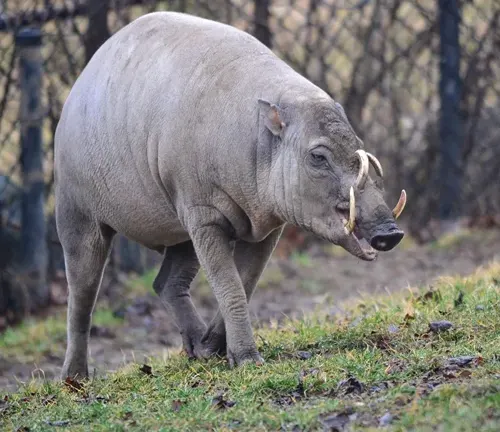
Babirusas are primarily herbivores, feasting on a diet of leaves, fruits, and other vegetation found in their dense forest habitats. Their solitary and elusive nature makes them challenging to study, adding to their mystique. Conservation efforts are underway to protect these remarkable creatures, as habitat loss and hunting threaten their existence. As we continue to uncover the secrets of the Babirusa, they remain a symbol of the incredible biodiversity found in our planet’s rainforests.
| Specification | Babirusa |
|---|---|
| Scientific Name | Babyrousa |
| Common Name | Babirusa |
| Family | Suidae (Pig Family) |
| Habitat | Rainforests, swamps, and riverbanks in Southeast Asia |
| Range | Indonesian islands of Sulawesi, Buru, and Togian |
| Distinctive Feature | Upward-curving tusks, especially in males |
| Diet | Herbivorous, primarily eating leaves, fruits, and vegetation |
| Behavior | Solitary and elusive |
| Conservation Status | Vulnerable to Endangered (depending on species) |
| Importance in Ecosystem | Contributes to seed dispersal and influences vegetation dynamics in forests |
Nature’s Most Unusual Swine
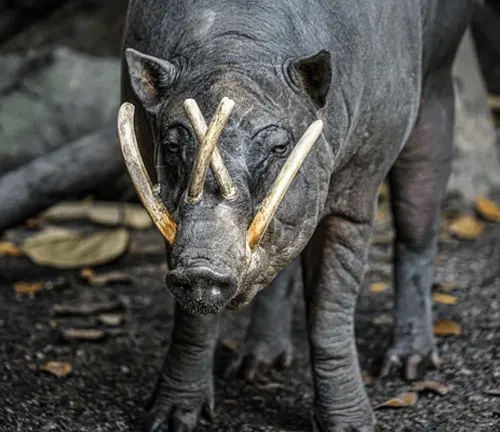
In the realm of the animal kingdom, one creature stands out as particularly enigmatic and fascinating – the Babirusa. These peculiar swine are native to the lush rainforests and remote islands of Southeast Asia. With their distinctive appearance and unique behaviors, Babirusas have captivated the attention of biologists, zoologists, and wildlife enthusiasts alike. In this article, we will delve deep into the world of Babirusas, exploring their biology, habitat, behavior, and the mysteries that surround them.
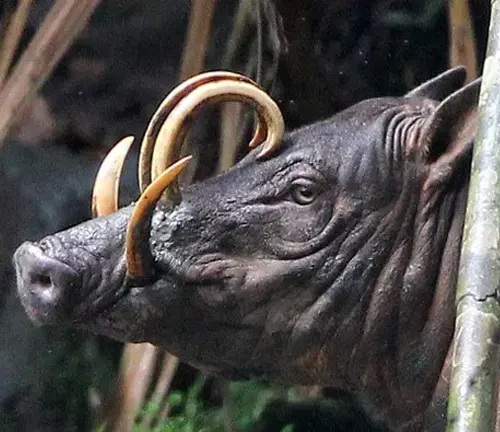
Unveiling the Babirusa’s Appearance
At first glance, the Babirusa may resemble a typical wild pig, but a closer inspection reveals their striking features. Their most distinctive attribute is their elongated canines, which curve upward and pierce through their upper jaws. These tusks, often referred to as “sabers,” can grow to be quite long and are exclusive to the males, making them a fascinating spectacle in the animal kingdom.
Babirusa’s Taxonomy
To understand the Babirusa better, we must delve into its taxonomy. Scientifically known as Babyrousa, these animals belong to the Suidae family, which includes other well-known pigs like domestic pigs and wild boars. However, within the Babyrousa genus, there are four distinct species: Babyrousa babyrussa, Babyrousa celebensis, Babyrousa togeanensis, and Babyrousa bolabatuensis, each with its unique characteristics and distribution.
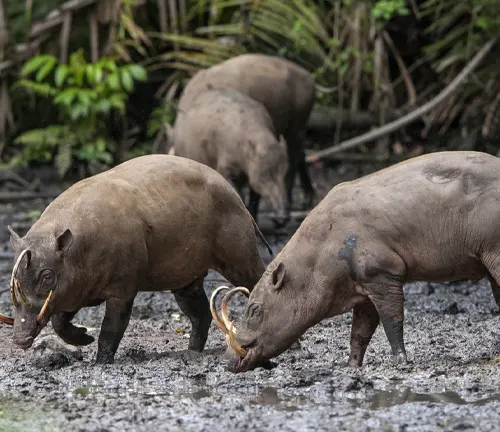

Range and Habitat of Babirusas
Babirusas are primarily found on the Indonesian islands of Sulawesi, Buru, and Togian. These regions offer a habitat rich in dense rainforests, swamps, and riverbanks, providing Babirusas with an abundance of food and shelter. Their secretive nature and remote habitat make them challenging to study, adding an aura of mystery to these remarkable creatures.
Unraveling Babirusa Behavior
One of the most intriguing aspects of Babirusas is their behavior. Despite their formidable appearance, these swine are herbivores, primarily feasting on a diet of leaves, fruits, and other vegetation. They are known to be highly solitary animals, with males typically being more solitary than females. The elusive nature of Babirusas has made it challenging for scientists to gather comprehensive data on their behavior.


Reproductive Mysteries
The reproductive habits of Babirusas are another enigma. Mating and breeding behaviors are not well-documented, and the reasons behind the exaggerated tusks in males remain a subject of scientific debate. Some theories suggest that these tusks play a role in attracting females or in settling disputes among males.
Conservation Concerns
While Babirusas have survived in their natural habitat for centuries, they face growing threats from habitat loss due to deforestation and hunting. As a result, several species of Babirusa are classified as vulnerable or endangered on the International Union for Conservation of Nature (IUCN) Red List. Conservation efforts are underway to protect these unique creatures and their rainforest homes.
Different Species
Babyrousa babyrussa
(North Sulawesi Babirusa)
This species is found on the Indonesian island of Sulawesi, specifically in the northern part. They are known for their distinctive upward-curving tusks, which are more prominent in males. North Sulawesi Babirusas have a relatively wider range compared to other species.
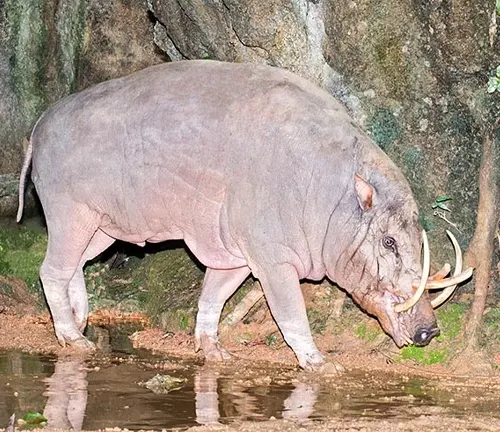
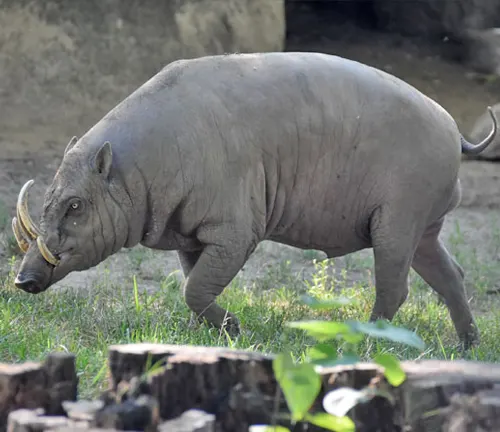
Babyrousa celebensis
(Sulawesi Babirusa)
The Sulawesi Babirusa is native to the central and southern regions of Sulawesi. They have shorter and less curved tusks compared to the North Sulawesi Babirusa. This species inhabits the dense rainforests and swamps of the island.
Babyrousa togeanensis
(Togian Babirusa)
The Togian Babirusa is found on the Togian Islands, which are part of Indonesia. They have relatively straight tusks that do not curve as dramatically as those of other species. Togian Babirusas inhabit the lush forests and coastal areas of the Togian Islands.


Babyrousa bolabatuensis
(Buru Babirusa)
The Buru Babirusa is native to the Indonesian island of Buru. They have curved tusks that are somewhat similar to the North Sulawesi Babirusa, although they are generally shorter. These babirusas are known for their distinctive appearance and are found in the forests of Buru.
Frequently Asked Questions (FAQs)
1. What is a Babirusa?
Babirusas are a unique species of swine native to Southeast Asia, known for their distinctive appearance, especially their upward-curving tusks.
2. Where are Babirusas found?
Babirusas are primarily found on several Indonesian islands, including Sulawesi, Buru, and the Togian Islands.
3. Why do male Babirusas have long tusks?
The exact purpose of the long tusks in male Babirusas is still a subject of scientific debate. Some theories suggest they may be used in mating displays or territorial disputes.
4. Are Babirusas dangerous to humans?
Babirusas are not considered dangerous to humans. They are primarily herbivores and are known to be elusive and shy.
5. How many species of Babirusas are there?
There are four recognized species of Babirusas: North Sulawesi Babirusa, Sulawesi Babirusa, Togian Babirusa, and Buru Babirusa.
6. What do Babirusas eat?
Babirusas are primarily herbivores and feed on a diet of leaves, fruits, and other vegetation found in their natural habitat.
7. Are Babirusas related to domestic pigs?
Yes, Babirusas belong to the same Suidae family as domestic pigs, but they are a distinct genus with unique characteristics.
8. What are the conservation efforts in place to protect Babirusas?
Conservation organizations are working to protect Babirusas by preserving their natural habitats and enforcing regulations against hunting and habitat destruction.
9. Can I see Babirusas in the wild?
To see Babirusas in the wild, you would need to visit their native habitats on specific Indonesian islands, such as Sulawesi, Buru, or the Togian Islands.
10. Why are Babirusas important to ecosystems?
Babirusas play a role in the ecosystems they inhabit by contributing to seed dispersal and influencing vegetation dynamics in their forest habitats.


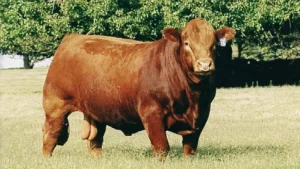
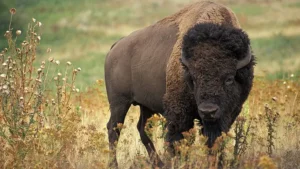
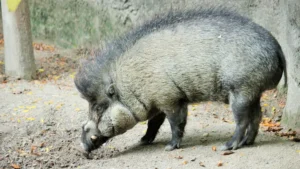
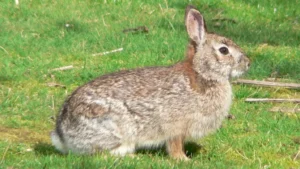

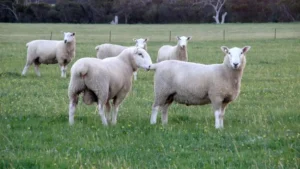

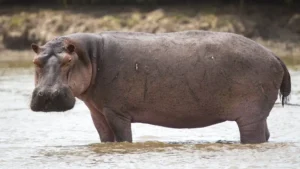

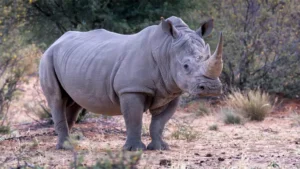
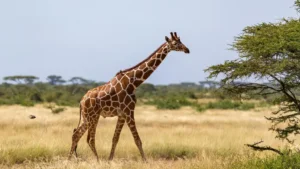

Leave your comment